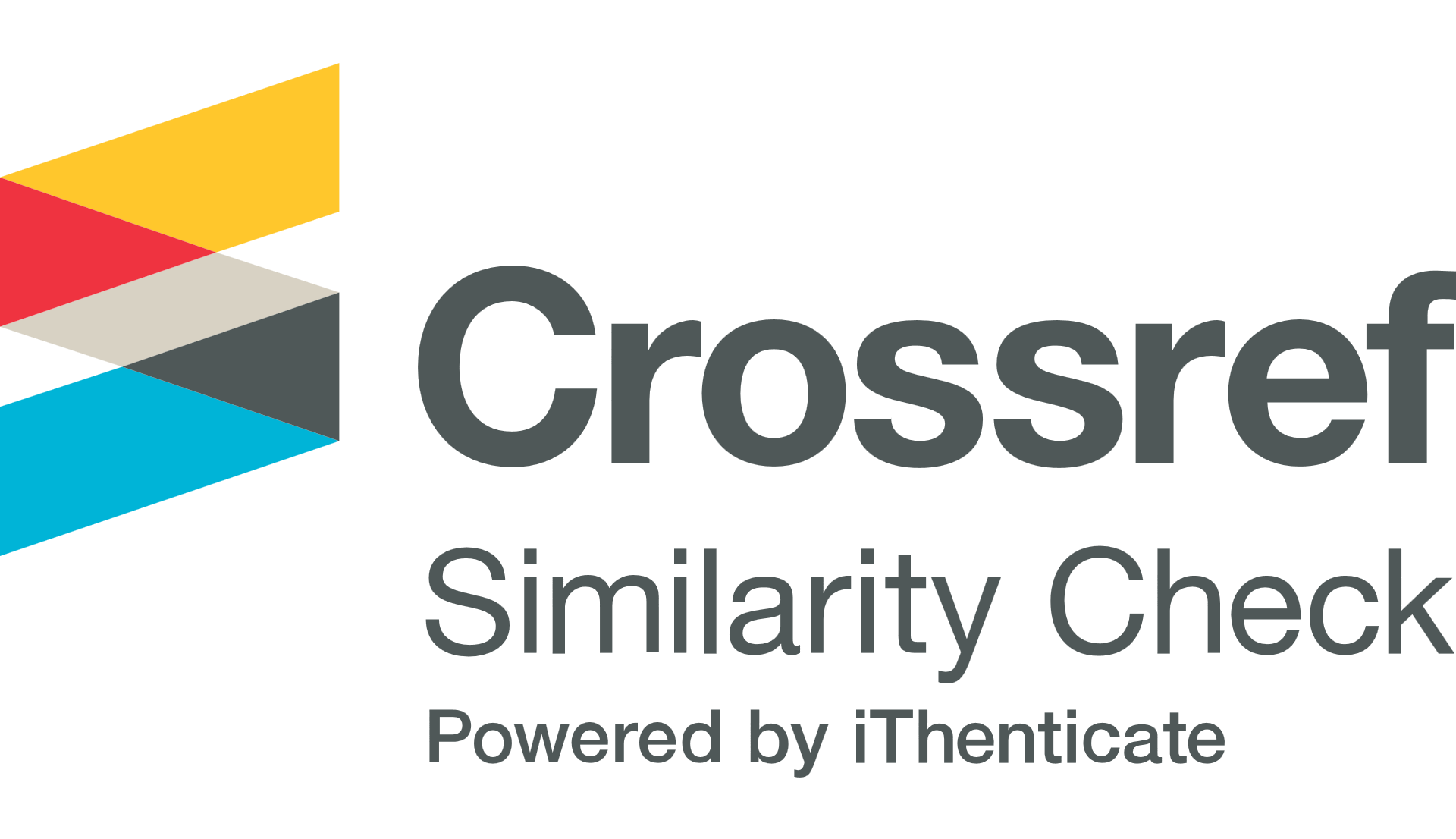RECORDING AND ANALYSING EMOTIONS FROM DATA OBTAINED FROM EYETRACKING
Keywords:
Eyetracking, emotions, variables, pupil diameter, visual stimuliAbstract
DOI: https://doi.org/10.46296/ig.v8i15.0230
This study analyzes emotional responses to visual stimuli using the eyetracking device, which tracks eye movements and measures visual attention. Emotions influence the perception of visual information, generating different attention patterns to positive and negative stimuli. The general objective of this study is to record and analyze emotions from data obtained through eyetracking. The methodology is based on data collection, analysis and processing. A group of 40 participants was selected, who were exposed to different visual stimuli, including both positive and negative images. Five key variables were measured: Total Fixation Duration (TFD), Average Fixation Duration (ADF), Total Number of Fixations (TNF), Number of Saccades (NS) and Average Pupil Diameter during Fixations (APD). The results indicated that negative images generated a 15.3% longer average fixation duration (TPD: 175.33 ms) compared to positive images (TPD: 168.66 ms). Regarding Total Fixation Duration (TFD), positive (117.61 ms) and negative (116.07 ms) images presented comparable means, with a difference of 1.3%. The analysis of Average Pupil Diameter during Fixations (APD) revealed that positive images generated an average pupil diameter of 3.10 mm, 10.7% larger than negative images (2.80 mm). These findings support the theory that, if significant differences exist, negative emotions provoke more intense and prolonged attention, while positive emotions, although attractive, do not generate the same need for evaluation in many cases; showing that there are differences in the aforementioned variables when presenting positive and negative stimuli. This study contributes to the understanding of the emotional process in response to visual stimuli and provides a basis for future research on the relationship between emotions and visual perception.
Keywords: Eyetracking, emotions, variables, pupil diameter, visual stimuli.
References
Coppola, M. (2023). Qué es el Eye Tracking, cómo funciona y para qué sirve? Obtenido de Hubspot: https://blog.hubspot.es/website/eye-tracking
Corbin, J. A. (2016). Psicología emocional: principales teorías de la emoción. Obtenido de psicologiaymente: https://psicologiaymente.com/psicologia/psicologia-emocional
Hessels, R., & Hooge, I. (2019). Eye tracking in developmental cognitive neuroscience – The good, the bad and the ugly. Developmental Cognitive Neuroscience, págs. 2-11.
Imotions. (2023). Eye Tracking. Obtenido de Imotions: https://imotions.com/eye-tracking/
Lim, J. Z., Mountstephens, J., & Teo, J. (2020). Emotion Recognition Using Eye-Tracking: Taxonomy, Review and Current Challenges. Sensor, págs. 1-22.
Montañés, M. C. (2005). PSICOLOGÍA DE LA EMOCIÓN. Obtenido de https://www.uv.es/choliz/Proceso%20emocional.pdf
Morales, S. (2023). Qué son las emociones, cuántos tipos existen y cómo podemos aprender a gestionarlas. Obtenido de unobravo: https://www.unobravo.com/es/blog/emociones
Perez, J., Iturria, R., & Vila, J. (2019). El seguimiento ocular como una medida conductual de la atención empleando diapositivas del IAPS. Revista de Psicología y Ciencias del Comportamiento de la U.A.C.J.S, págs. 63-73.
Santos, D. (2023). Data cleansing: qué es la limpieza de datos y cómo realizarla. Obtenido de Hubspot: https://blog.hubspot.es/marketing/limpieza-de-datos
Sharma, P., Joshi, S., Gautam, S., Maharjan, S., Khanal, S. R., Cabral, M., . . . Filipe, V. M. (2023). Student Engagement Detection Using Emotion Analysis, Eye Tracking and Head Movement with Machine Learning. Technology and Innovation in Learning, Teaching and Education, págs. 52-68.
Skaramagkas, V., Ktistakis, E., Manousos, D., Kazantzaki, E., Tachos, N., Tripoliti, E., . . . Tsiknakis, M. (2023). eSEE-d: Emotional State Estimation Based on Eye-Tracking Dataset. MDPI, pág. 589.
Tarnowski, P., Kołodziej, M., Majkowski, n., & Rak, R. J. (2020). Eye-Tracking Analysis for Emotion Recognition. Computational Intelligence and Neuroscience, págs. 1-13.
Published
How to Cite
Issue
Section
License
Copyright (c) 2025 Scientific Journal INGENIAR: Engineering, Technology and Research

This work is licensed under a Creative Commons Attribution-NonCommercial-ShareAlike 4.0 International License.

















